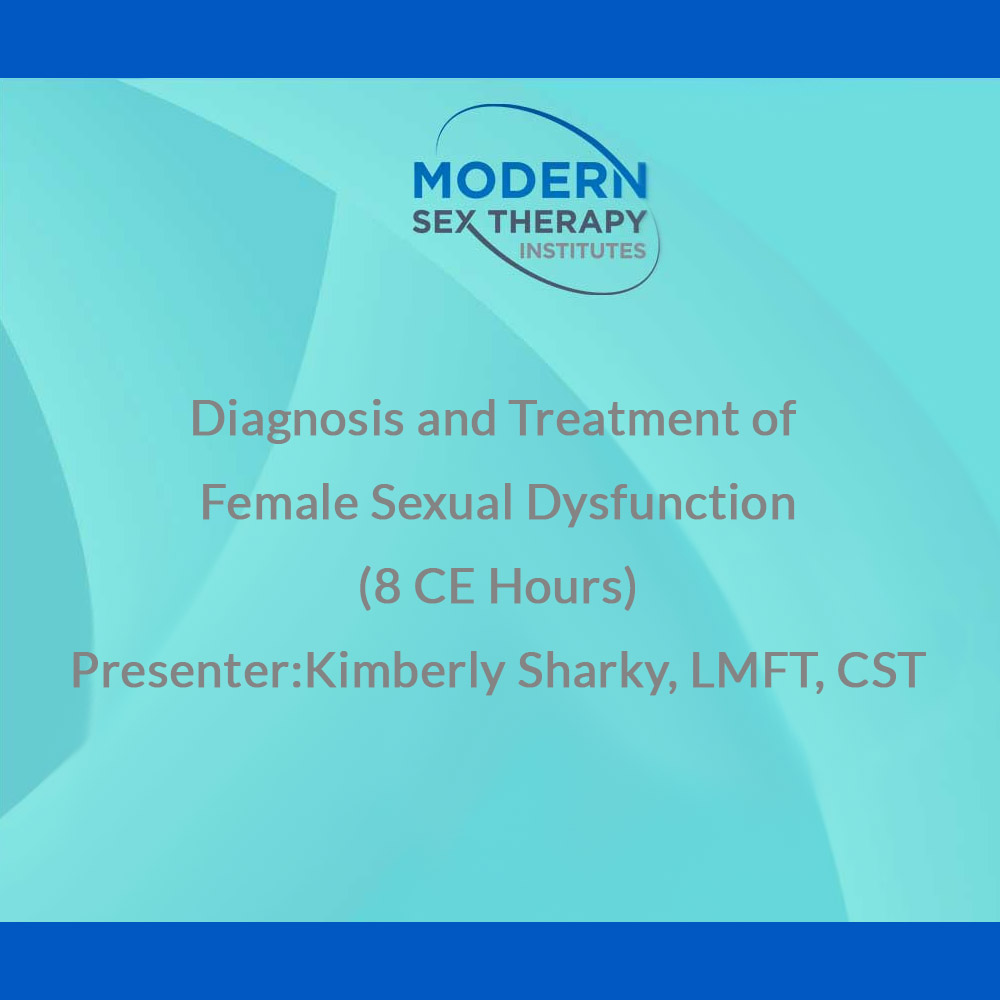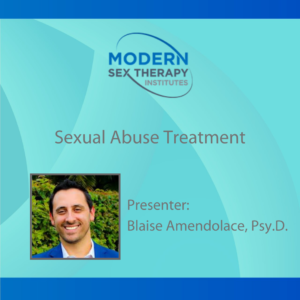FOR QUESTIONS & INTEREST: 561-379-7207
FOR CURRENT STUDENTS: (772)-209-9353
INFO@MODERNSEXTHERAPYINSTITUTES.COM
- Certifications & Degrees
- Online Clinical Sexology PhD Program
- 2025 Calendar
- Sex Therapy Certification
- Transgender Affirmative Mental Health Care Certification
- Couples And Sex Therapy Certification
- LGBTQIA Affirmative Therapy Certification
- Sexual Trauma Certification
- Medical Sexology Certification
- Alternative Relationships Certification
- Sex Counselor Certification
- Certificate In Sexual Health
- Sex Educator Certification
- Problematic Sexual Behavior (PSB) Certification Program
- Somatic Sex Therapist Certification
- Neurodiversity Sexuality Professional Certification
- Sex Informed Therapist Certification
- Sexually Competent Therapist Certification
- Kink Conscious Professional Certification
- Sexual Trauma Informed Therapist Certification
- LGBTQIA+ Informed Professional Certification
- Neurodiverse Sexuality Aware Professional Certification
- Sexual Compulsivity Informed Professional Certification
- Workshops & Webinars
- Calendar
- Registration & Fees
- Faculty
- Search
- Find a Professional
- Contact Us
Diagnosis and Treatment of Female Sexual Dysfunction(8 CE Hours)Presenter:Kimberly Sharky, LMFT, CST
$320.00
8 CE Hours
Presented by: Kimberly Sharky, LMFT, CST
Recorded workshop available via video on demand
AASECT Category:
Sex Therapy Education
Section A
AND
Section B
Description:
This workshop will cover sexual response, diagnosis and in depth treatment options for female sexual dysfunction.
Learning Objectives:
- Assess one’s own hesitations and fears around addressing sexual issues and develop a normalizing, open clinical approach that allows for discussion of sexual concerns in an environment free of shame and judgment
- Explain the difference between responsive and spontaneous desire and the ways in which to educate clients and their partners about the varied ways desire can manifest
- Discuss ways to accurately assess orgasmic difficulties, given the highly subjective experience, and how to guide clients in expanding their orgasmic potential through mindfulness and behavioral changes
- List 3 differences between dyspareunia and vaginismus and the ways to best collaborate with medical providers when treating either concern
- Describe 3 ways in which a client’s partner can influence outcomes in sex therapy treatment
- Discuss how treatment must be amended for clients who do not currently have a sexual partner or have a non-participating partner
- Explain 3 clinical considerations that must be made when treating clients with cultural, religious, or otherwise ideological barriers to participating in mainstream treatment protocols or best practices
Speaker Bio:
Ms. Kimberly Sharky is the owner of Enliven Couples Therapy, a boutique private practice specializing in providing effective and tailored couples therapy and the confidential treatment of sexual concerns. Our practice is centered on guiding individuals and couples in the creation of the most fulfilling relationships and lives possible. In addition to extensive experience and training in couples and sex therapy, Ms. Sharky also works with clients to address their desire to better cope with personal and professional stress, acute or chronic illness, anxiety, depression, family conflict and life transitions.
Related products
-
Sexual Abuse TreatmentPresenter:Blaise Amendolace, Psy.D.
$320.00 -
Treatment of Sexual Offending Behaviors Presenter:Danielle Besaw, M.A.
$160.00 -
Treatment of Female Sexual Dysfunction(4 CE Hours)Presenter:Stanley Althof, Ph.D.
$160.00 -
Millennials, High Achievers and Sex(2 CE Hours)Presenter:Constance Quinn, LCSW
$80.00





